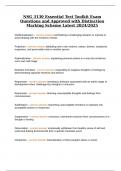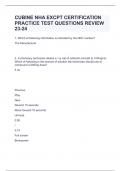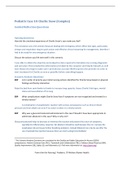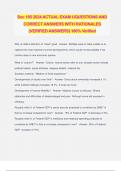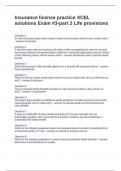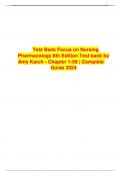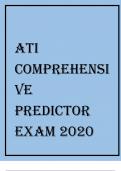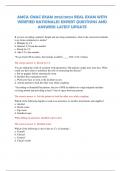Exam (elaborations)
NSG 3130 Essential Test Toolkit Exam Questions and Approved with Distinction Marking Scheme Latest 2024/2025
- Course
- Institution
NSG 3130 Essential Test Toolkit Exam Questions and Approved with Distinction Marking Scheme Latest 2024/2025 Intellectualization - correct answer overthinking a challenging situation or impulse to avoid dealing with the emotions it elicits Projection - correct answer attributing one's own mot...
[Show more]
